The garb and silk shirts of Hanoi girls are recreated in "Peach, Pho and Piano" - a film set in the war in late 1946.
Trailer "Peach, Pho and Piano". Video : Cinestar
Director Phi Tien Son's work is attracting the attention of the audience. Released on the first day of Lunar New Year (February 10), shown only at the National Cinema Center, the film unexpectedly created a ticket fever and was shown in additional theaters two weeks later.
Peach, Pho and Piano explores the lives of those who remained in the neighborhood during the 60-day and night battle to protect Hanoi in late 1946 and early 1947. Costume designer Tran Phuong Thao said the tight budget and director Phi Tien Son's perfectionism were the two main factors that put pressure on the costume team. "According to Mr. Son's request, the costumes not only had to be appropriate for the late 1940s, but also had to accurately represent the characters' personalities while also elevating the artistry," she said.
In early 2022, Phuong Thao began receiving the script and spent time researching the characters' personalities and consulting documents on ancient Hanoian costumes. It was not until April that she and the director agreed on the clothing designs. The team spent three weeks sewing dozens of outfits for the main and supporting characters. To save time and money, the film crew decided to rent military uniforms for the extras from the warehouse of the Vietnam Feature Film Studio.
"The main and supporting actors only have a few simple clothing designs, but each design must be made in four identical versions to be changed continuously, in case of bomb and bullet scenes, the costumes can get dirty or damaged," Phuong Thao said.

Dan and Huong's costumes before the war were predominantly white, symbolizing pure love, close attachment, a gentle life, and the dreams and ambitions of the young generation. Photo: Provided by Tran Phuong Thao
200 sets were prepared right before the filming date of December 13, 2023, with the main tone being dark and rustic, showing the true color of the crudely processed and simple costumes of Hanoians during the war. The team changed and produced new costumes many times because when they were put on the actors and tested, the effects did not match the director's requirements. After filming, some costumes were given back to the actors as souvenirs, while others were stored in the archives.
In the film, the character Dan, played by Doan Quoc Dam, is an educated young man from Hanoi who worked as a worker before joining the resistance army. Dan is a typical image of the working-class youth of that time, with a plaid shirt and wide-leg, soft, coarse-textured pants without pleats. To express the rustic, dusty look, Phuong Thao chose faded, dark purple pants for the character. When he joined the self-defense force, he wore a garrison shirt - the typical uniform of the national defense force, and a calotte hat.
In one scene, his character was portrayed in a more polished style, wearing a jacket borrowed from a neighboring painter, holding a peach blossom branch on a rampart. Phuong Thao was pleased with this scene, because it portrayed the romantic qualities of Dan - a Hanoi boy who did not forget the beauty of Tet because of the war.

On February 21, during an audience meeting at the National Cinema Center in Hanoi, Cao Thuy Linh wore a pink velvet ao dai, and Doan Quoc Dam wore a tunic. The costumes were worn by Thuy Linh in the wedding scene and by Quoc Dam in the battle scene in "Peach, Pho and Piano". Photo: Character provided
In contrast to Dan's strong and rustic image is the gentle, ladylike appearance of Huong, Dan's lover, played by Cao Thuy Linh. Originally from the petty bourgeoisie, she dresses in a somewhat stylish and luxurious way. To portray the beauty of the young women of the old Hanoi, the film crew used silk and velvet - materials favored by the middle and upper classes.
Hanoians have paid great attention to the way they dress since the modern era. The first step is choosing the material, then the style. Wide-sleeved silk shirts with five buttons, velvet scarves or wool headgear - designs loved by women of the 36 streets - are all reproduced in Huong's outfits with the main blue tone. This color is one of the familiar and favorite tones of cinema, symbolizing luxurious beauty but also the color of sadness.
In the scene of returning from the evacuation area, the group initially made a velvet coat for Huong. But after being filmed, the light-catching effect of the material made her look luxurious, not suitable for an immigrant. Phuong Thao said: "Mr. Son asked to change the coat, but with the same color tone, the same soft material, without increasing the cost. In need, ingenuity is the mother of invention, I came up with the idea of using the left-over velvet fabric to sew a new coat."

The costume of the character Huong in the scene of just returning from the evacuation area. Photo: Character provided
One of the outfits Phuong Thao was most proud of for this character was the cape-style coat worn with a white lace-trimmed collar in the church scene. The artist said it took her two days to go to fabric markets to find the purple-blue color that the director wanted.
In addition to the two main characters, the supporting characters are also carefully crafted to vividly depict the clothing culture of the ancient Hanoians. The pho sellers (actors Anh Tuan and Nguyet Hang) wear brown shirts, cable-knit sweaters, and turbans, imbuing the image of the working class. The unnamed painter (Tran Luc) is inspired by famous painters such as Bui Xuan Phai, wearing a polo shirt and wide-leg linen pants, exuding an artistic, free, and rustic quality. The Western-educated Phan (Tuan Hung) is passionate about ca tru, loves romanticism, and is neat in a white suit.
"It's just an old painter, a pho seller, a shoe shine boy, a militia soldier. But all of these characters represent all classes of Hanoians in 1947, coming together to form the image of the old Hanoians," said artist Tran Luc.
The film crew of "Peach, Pho and Piano" spent 5-6 billion VND to build 120 m of the ruined old town, recreating Hanoi's 60 days and nights of fire and smoke. Video: Anh Phu, Ha Thu
Tran Phuong Thao was born in 1957 in Hanoi. During her 30 years as a designer, she has made costumes for works such as: Thang Bom (1987) by director Le Duc Tien, Long Tri Night Festival, Storm , Rise of the Country , Immortal . With the film The Third Wife (The Third Wife) by director Nguyen Phuong Anh, she won the award for Best Costume Design at the 2019 Waterloo International Film Festival in Belgium.
She is also the director and screenwriter of the documentary The Dream of Being a Worker , which received the Pierre-Yolande Perrault Award at the 2007 Cinéma du réel Documentary Film Festival.
Vnexpress.net
Source


![[Photo] Party and State leaders visit President Ho Chi Minh's Mausoleum](https://vphoto.vietnam.vn/thumb/1200x675/vietnam/resource/IMAGE/2025/5/19/d7e02f242af84752902b22a7208674ac)
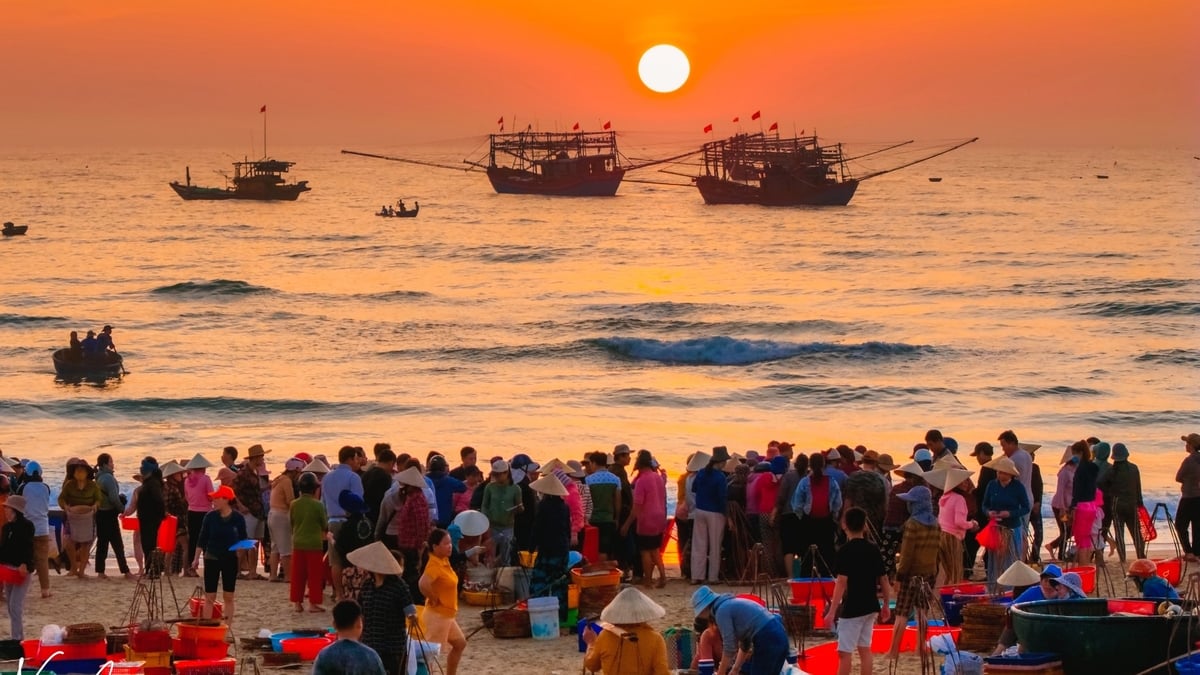
![[Photo] Special flag-raising ceremony to celebrate the 135th birthday of President Ho Chi Minh](https://vphoto.vietnam.vn/thumb/1200x675/vietnam/resource/IMAGE/2025/5/19/1c5ec80249cc4ef3a5226e366e7e58f1)
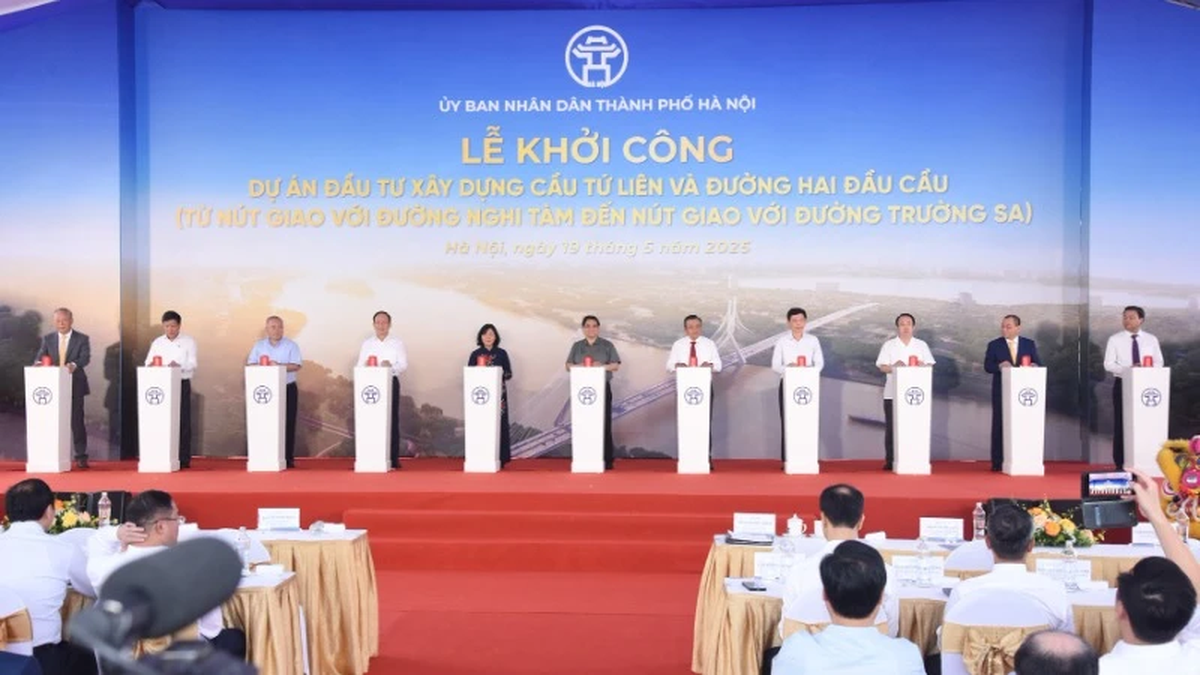
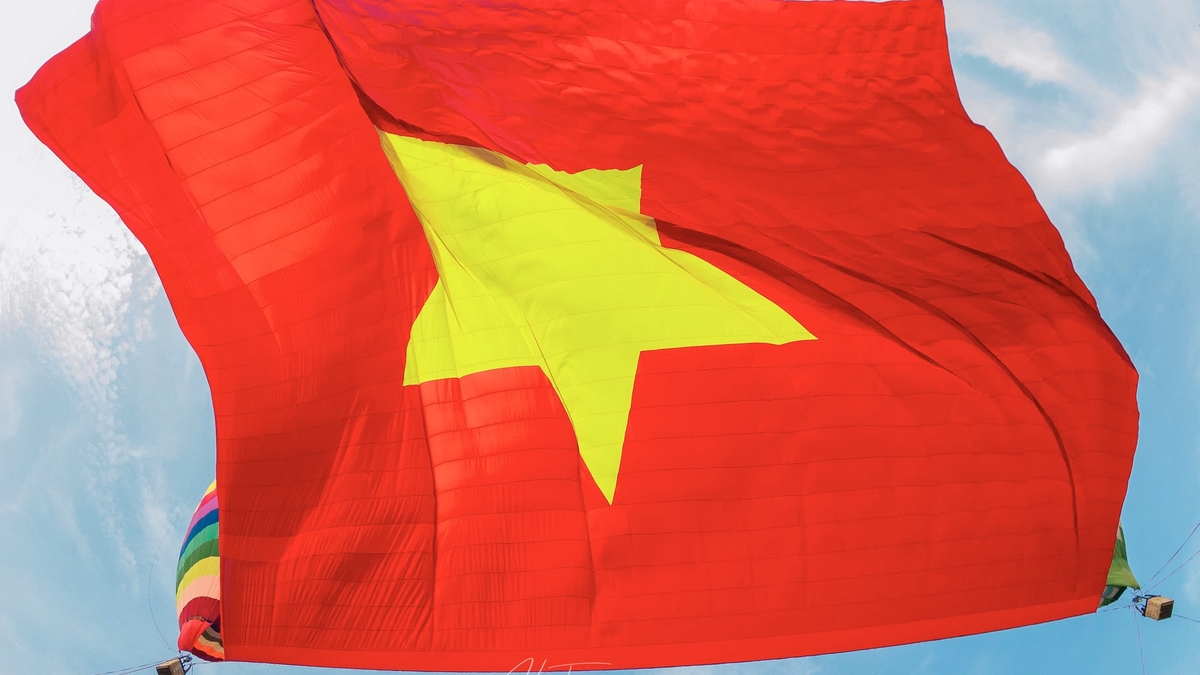

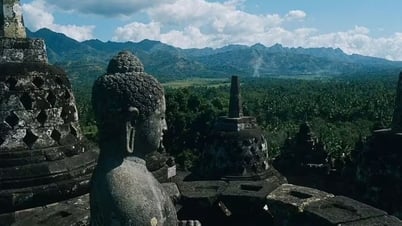

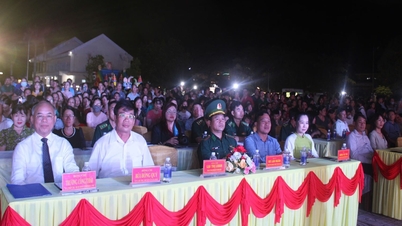

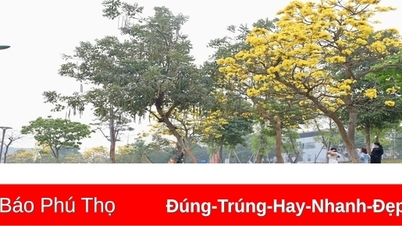

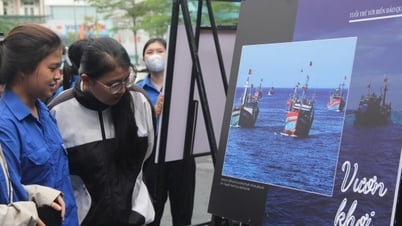

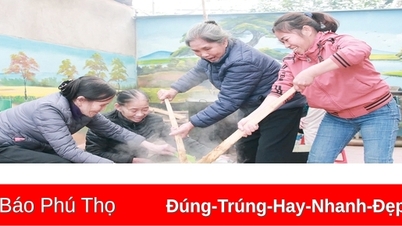
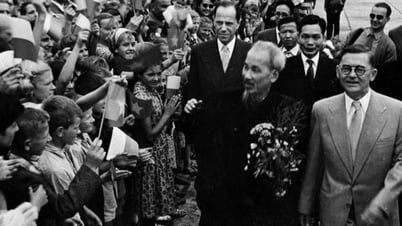

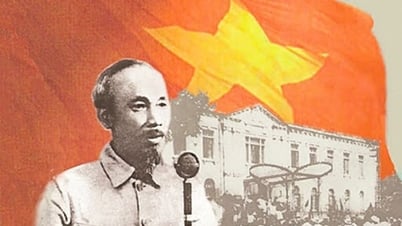

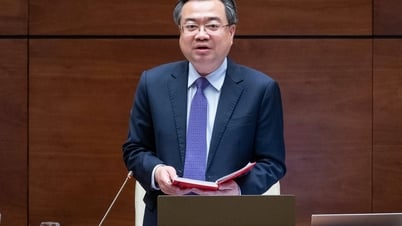

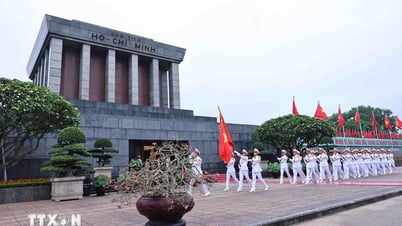

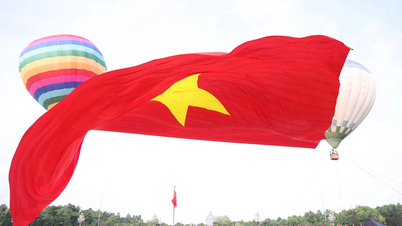
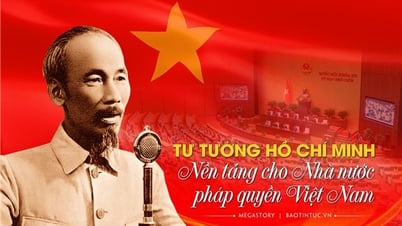










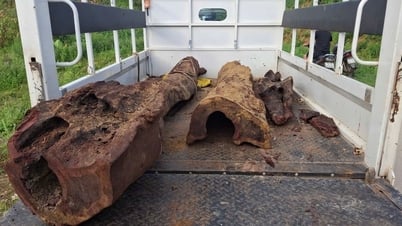

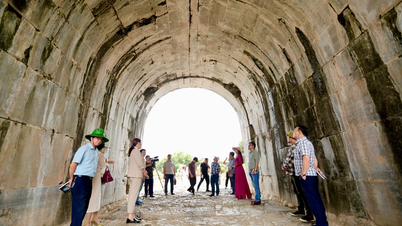

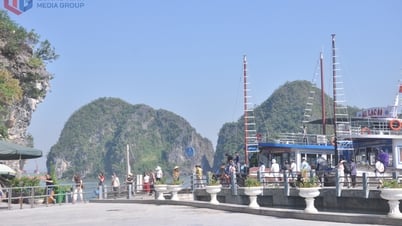



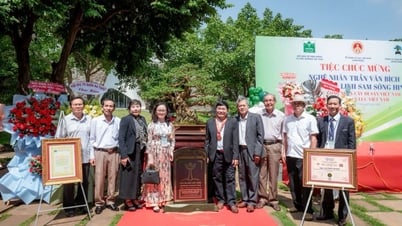


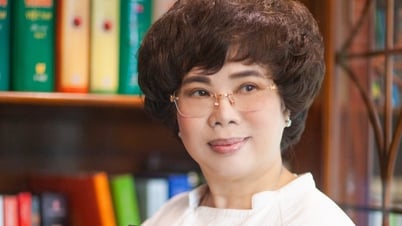

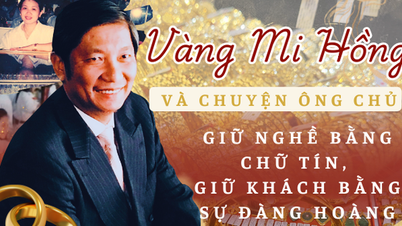


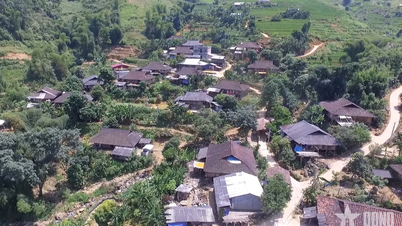

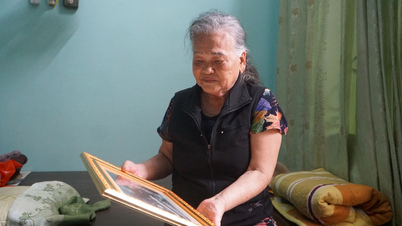

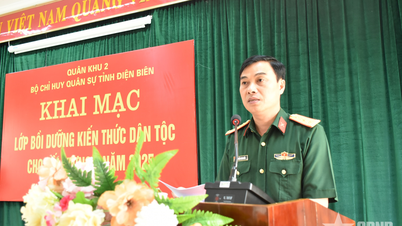
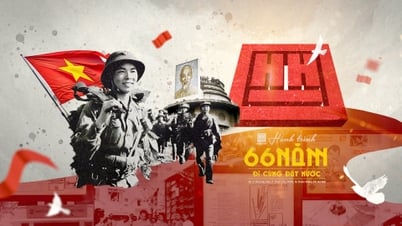
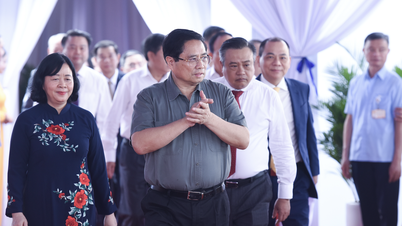






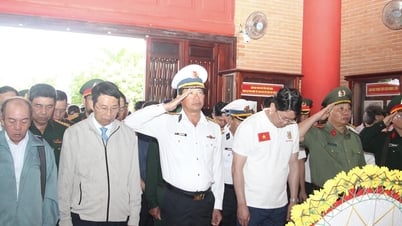
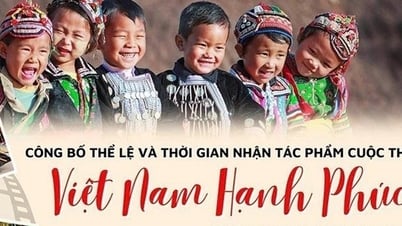



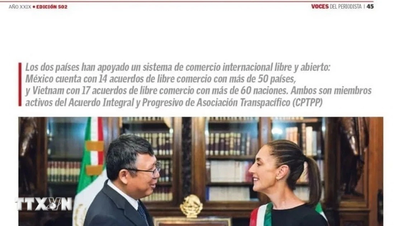
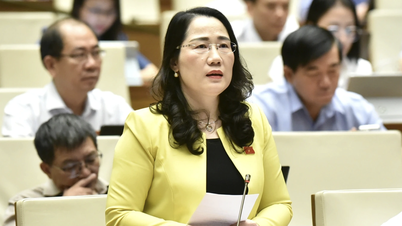
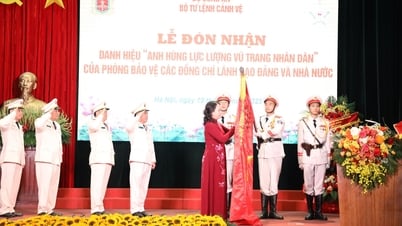



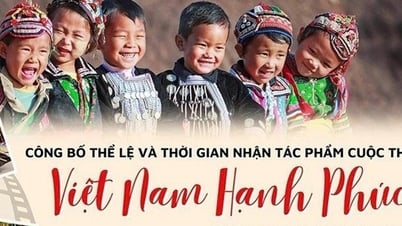
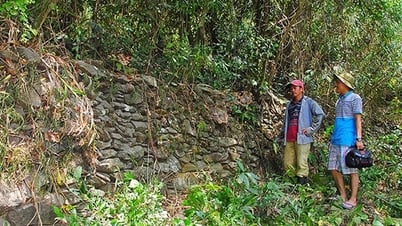

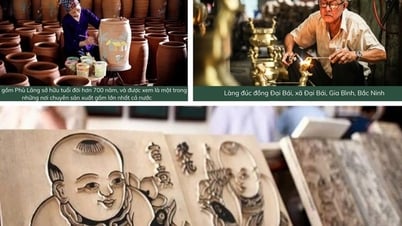
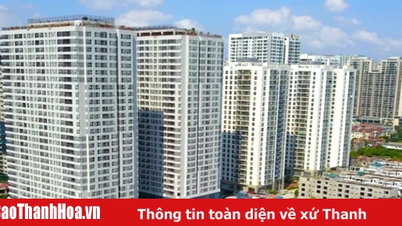

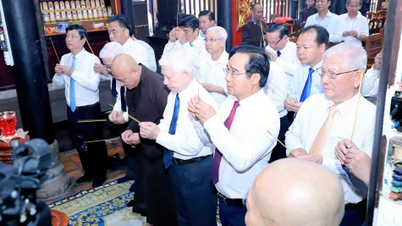

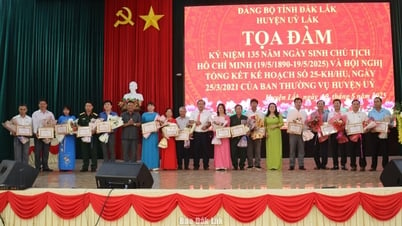

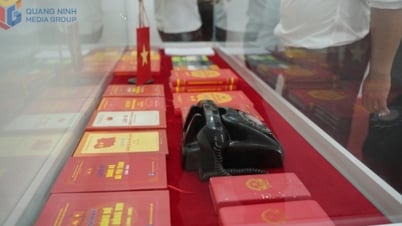
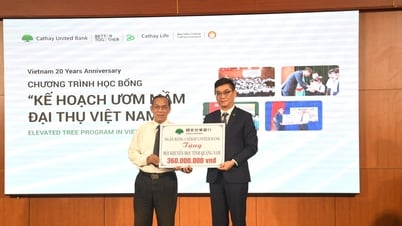

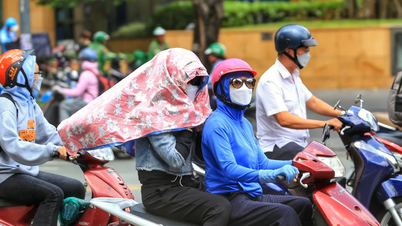

![[VIDEO] - Enhancing the value of Quang Nam OCOP products through trade connections](https://vphoto.vietnam.vn/thumb/402x226/vietnam/resource/IMAGE/2025/5/17/5be5b5fff1f14914986fad159097a677)
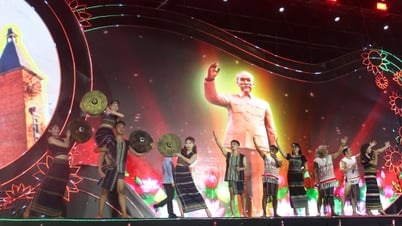

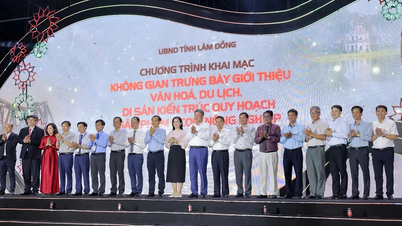
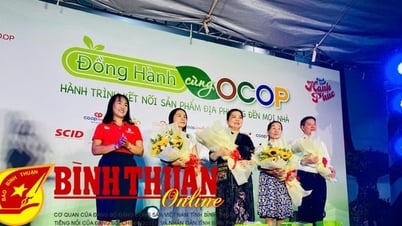

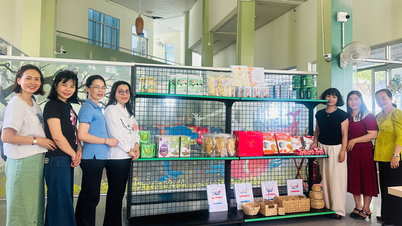


Comment (0)